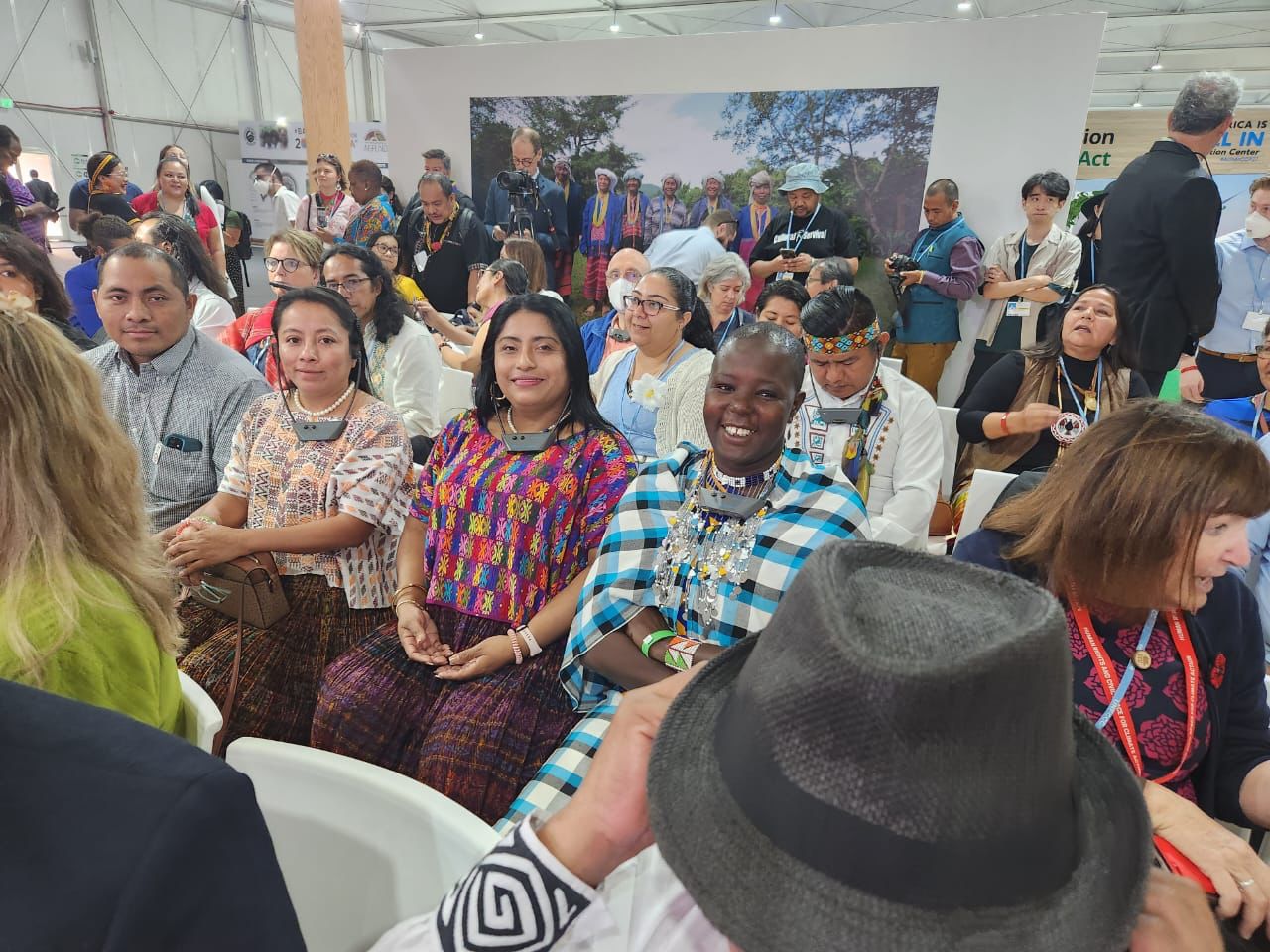Members of the Harmattan Theater activate ecological awareness through performance
May Joseph, Founder, Harmattan Theater, Professor of Social Science, Pratt Institute
Women and Children are some of the most vulnerable demographics affected by climate change displacement. The work of the environmental company Harmattan Theater (based in New York City) has been to activate ecological awareness among coastal communities living along low-lying regions around the world, through performance.
The UNFCCC and the COP27 findings have identified that the world’s most immediately climate-precarious populations in the world are located outside the Western and Northern hemispheric enclaves. The impact of monster storms, catastrophic heatwaves, and the rising oceans along some of the densest lowlying regions of the world, will be most immediately felt across global Asia. Attending to this rising reality, many of us citizen activists have been responding to the emerging climate emergency for the last two decades through citizen actions that address the mass displacement of climate refugees within local contexts.
The work of Harmattan Theater, a queer, feminist and decolonial performance collective whose approach to the nonhuman is performative and investigative, has been one such community outreach. As the founder of Harmattan theater, I wanted to force the hand of New York City to address the question of sinking coastlines, flooded islands, and internal population displacement, at a time in the early 2000, when New York was still unaware of its 520 mile sinking coastline. Drawing on a voluntary roster of activists, concerned citizens, professionals and coastal dwellers, I began to create large scale perambulatory performances along forgotten, buried and toxic waterfronts around the New York archipelago. Extending the technique of walking as a migratory aesthetics that embeds coastal communities in their landscapes, awaking them to their surroundings, Harmattan Theater has raised awareness through small performative gestures about the intersection of migration, environment and the gendered nature of coastal cultures and climate understanding impacting coastal communities around the world.
Local climate knowledges have to be excavated, activated, foregrounded through performative actions, to dynamize entrenched static approaches to comprehending the interface of human and nonhuman potentiality. This is rarely the case for most vulnerable communities that have experienced generational ostracization, poverty, disinformation, and economic disempowerment. Drawing upon the simple techniques of performative encounters with stone, water, sky and trees, the work of Harmattan Theater has been to integrate free and interactive theatrical experiences into coastal, island and river sites that have been compromised or diminished in their ecological potential. Generating multi-directional and durational movement events, Harmattan theater has sought to raise awareness about coastal and storm surge vulnerabilities along disappeared waterlines.
A tanz-theater company largely propelled by a feminist praxis of embracing gaia, or planetary futurity, Harmattan’s minoritarian aesthetics has been one shaped by the matrix of immigrant, queer and indigenous ecological perspectives. At the center of our work has been the foregrounding of the nonhuman – the ocean, the shoreline, the river, the island, as the protagonist and the mise en scene.
A combination of heterogenous and diverse individuals reflective of New York’s widely divergent demographic, the cast of Harmattan’s productions around the world foreground the marginalized and historically dispossessed populations that comprise the many different landscapes of precarity transforming sinking shorelines around the world.
Migration and environment are key to thinking about storm surge, as accelerating sea encroachment shrinks beaches, waterfronts and hardfought land tenure for many of the poorest sea faring communities globally. From the barrier islands of New York City and Alabama to the shrinking backwaters of the Malabar coast in South India, Black and brown communities who have historically been marginalized are now facing a double displacement by being designated Internally Displaced Peoples (IDP). This positioning of historically disempowered communities as migrants in the United States for instance, creates an entirely new level of social and environmental injustice that becomes harder to identify and address, as communities face forced migration as climate refugees. Of particular significance to International Women's Day is the fact that some of the hardest hit demographics in the unfolding scenario of IDP across the world are women and children.
Deploying a people-centered migratory performance aesthetic of working with coastal landscapes, the Harmattan collaborative of concerned citizens opens up flexible, lowtech ways to animate destroyed coastal sites socially. Walking with climate is our way of engaging with the unfolding catastrophe of storm surge and sinking islands, bringing active engagement with subsidence through storytelling and memory theater for local communities.

